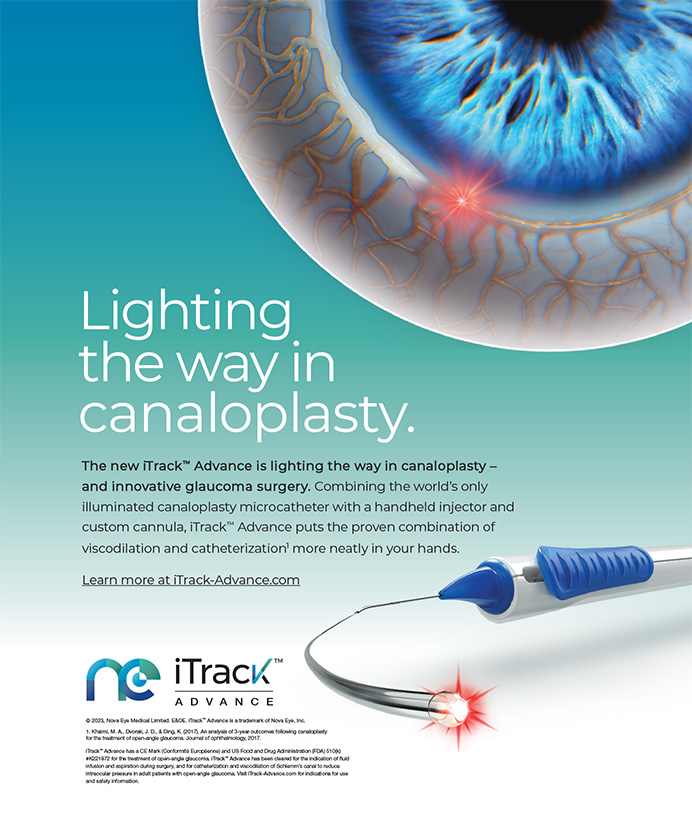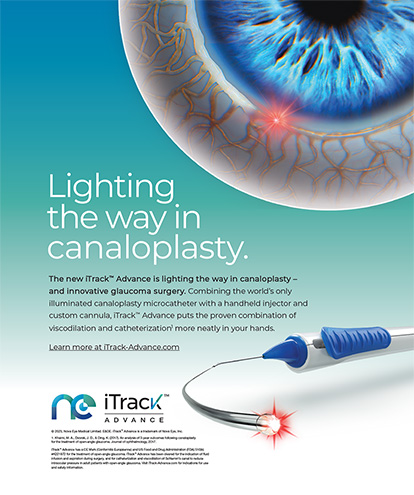Refractive surgery has never been boring, an observation that holds true for 2008. Although the results of customized LASIK and advances in femtosecond laser technology have never been better,?the economic downturn of 2008 has curtailed discretionary spending and therefore adversely affected the volume of refractive surgery procedures. Right now, many ophthalmologists are worried that the economy and the demand for refractive surgery will never regain their previous strength. My experience in refractive surgery over the past 14 years suggests otherwise.
REDUCED DEMAND FOR LASIK
The demand for refractive surgery has always followed the ups and downs of the stock market and the consumer confidence index.
For example, the bursting of the "dot-com" bubble caused a big drop in refractive surgery volumes in the second half of 2000. Just when the industry started to recover, the attacks of September 11, 2001, again stifled the public's interest in refractive surgery.
For the past 7 years, however, refractive surgeons have enjoyed great success. As refractive surgery became a mainstream procedure, I saw the volume of LASIK increase steadily in my practice. My stress level also dropped tremendously with the introduction of the IntraLase FS femtosecond laser (Advanced Medical Optics, Inc., Santa Ana, CA) to my TLC Laser Eye Centers. This technology reduced already uncommon complications to rare occurrences and transformed good results to excellent outcomes. Customized corrections, along with iris registration technology, have also contributed to improvements in postoperative UCVA and reduced the incidence of nighttime glare (a common concern for LASIK patients 5 years ago).
In June 2008, the calls from potential patients dropped off, and I started performing fewer consultations and procedures. Because I chose to concentrate solely on refractive surgery in my practice, the current recession has dramatically reduced my surgical volume. Compared with 2007, I performed 30 fewer procedures in 2008. I am not surprised by this trend, because LASIK has always relied upon discretionary spending, and people often choose to defer the surgery when they are uncertain about their financial future. Fortunately, my refractive surgery procedures have not declined any further since the initial drop in June 2008, so my laser centers will show a profit for the year.
As a corporate provider of corneal refractive surgery, TLC Laser Eye Centers has been affected by the reduced demand for LASIK. TLC's parent company, TLCVision, however, has developed a diversified model that incorporates businesses that are more resistant to recession such ambulatory surgery centers and a mobile cataract business. TLCVision also has an optometric purchasing network. These nonrefractive businesses contribute to 40 of the company's overall revenue. This diversified approach has been advantageous in the current economic environment.
WAITING OUT THE RECESSION
Historically, economic recessions last approximately 18 months. The current recession therefore should end by the summer of 2009, at which time we can expect the release of a pent-up demand for LASIK.
We refractive surgeons should take this time to fine-tune our practices so we can take full advantage of a rebound in LASIK volumes. It is a good time to review our marketing expenses to determine which strategies provide the best return for our investment. We may want to concentrate on economical forms of marketing such as word-of-mouth referrals and comanagement partnerships.
In addition, we should analyze our consultation-conversion ratios to identify weaknesses we can address with a new approach. If the decreased demand for LASIK renders some of our staff idle, we should consider instituting a 4-day work week or reducing expenses by offering voluntary unpaid days off. We can increase staff hours again when the surgical volume recovers.
Although technology can be expensive, we should determine if our current equipment offers the advances that will help our practices succeed over the next 1, 5, or 10 years. If not, we could use the extra down time to transition to new technologies.
CONCLUSION
As refractive surgeons, we sometimes adopt a more reactive than proactive approach to business challenges. Taking a proactive approach to our refractive practices while the economy is down should position us to take full advantage of the renewed demand for LASIK in 2009.
Louis E. Probst, MD, is National Medical Director of TLC The Laser Eye Centers. He is a consultant to Advanced Medical Optics, Inc., and TLCVision. Dr. Probst may be reached at (708) 562-2020.


